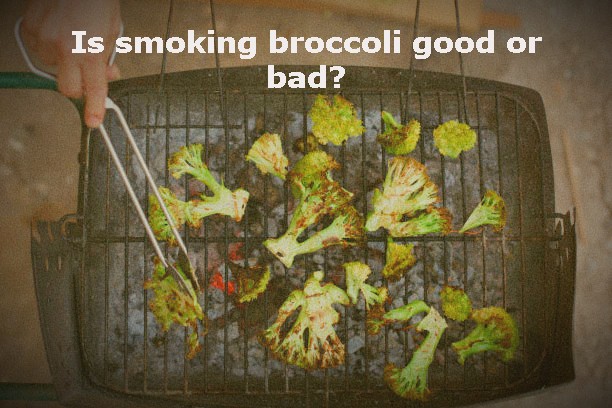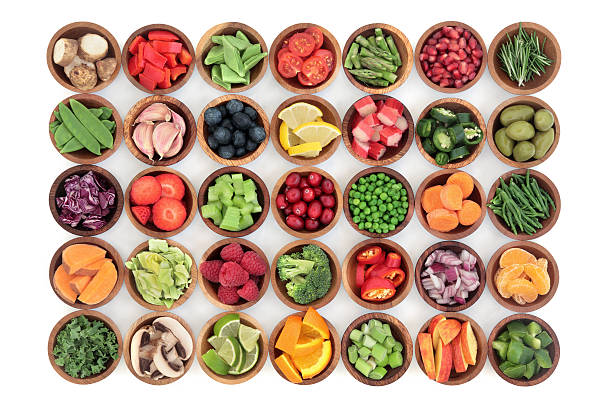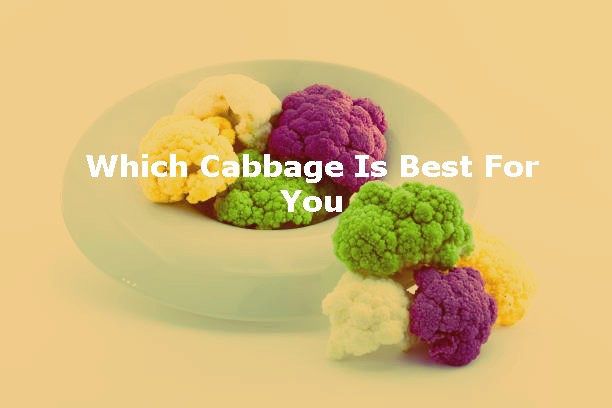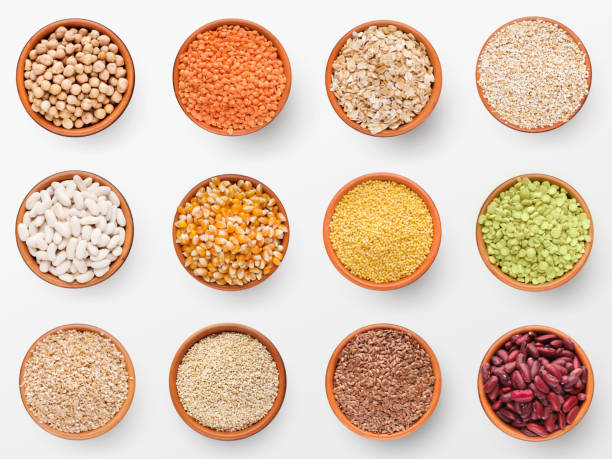Table of Contents
Introduction
As kids, the mere mention of vegetables sent shivers down the spines of most of us. The battle between parents and their pint-sized rebels over the dinner table was a daily spectacle, with veggies often facing fierce resistance. The bitter taste of Brussels sprouts or the seemingly endless chewing required for broccoli didn’t exactly win any culinary awards in our young minds. Fast forward to adulthood, and suddenly (for some of us at least), the narrative shifts.
As we mature, not only do our taste buds dull, but we also grow to realize and understand the importance of many things – our health for example, and the role that our good ol’ veggies play in maintaining good health. For me, that epiphany hit at 22 and I took to the internet to ask a lot of questions about how to eat them. If you are reading this, chances are you’ve embarked on a similar quest for veggie enlightenment, possibly typing into your search bar, “Can you eat raw cabbage?” or “What’s the tastiest way to eat raw cabbage?” Well, consider your quest a success because luckily for you, I’ve got the answers.
Can you eat raw cabbage?

Let’s get right to it – “Can you eat raw cabbage?” Absolutely! It is a widespread practice. Raw cabbage is known for its mild flavor and crisp texture and serves as a staple in many dishes. The texture is crunchy, and there’s a juiciness to it that adds to the overall experience. Another reason why it is commonly eaten raw is because it retains its full nutritional value that way.
How to eat raw cabbage
Raw cabbage can be used for various side dishes such as coleslaw and salads simply sliced and eaten with different foods or even simply enjoyed as a crunchy snack.
Is It Safe To Eat Raw Cabbage?
Eating raw cabbage is completely safe and nutritionally beneficial. Cabbage belongs to the family of low-calorie vegetables that are rich in vitamins, minerals, and antioxidants and when eaten raw, this nutritional profile remains intact. However, to ensure safety, it is recommended to wash cabbage thoroughly and pull off some of the outer layers to remove any potential contaminants (such as dirt and bugs) before consuming raw.
What Does Raw Cabbage Taste Like?
Raw cabbage has a mild flavor profile. It offers a refreshing and somewhat sweet note. It is crunchy, crisp, and firm with a slightly bitter flavor.
Is cabbage better for you cooked or raw?
Some people enjoy slightly bitter flavors and prefer to eat their cabbage raw and some do it because it retains its full nutritional value when eaten raw. Others who prefer saltier and sweet foods prefer to eat them cooked with some extra seasoning to lift the taste and make it palatable. Compared to eating it raw, cooking cabbage reduces the levels of certain nutrients, particularly vitamin C and some antioxidants but it can also make other nutrients, such as calcium and iron, more available for the body to absorb.
Additionally, some people with certain digestive sensitivities may find that cooking cabbage makes it easier on the stomach. So the bottom line is, that both raw and cooked cabbage are safe and nutritionally beneficial, it all depends on your individual preferences and health considerations.
Which Are The Best Cabbage To Eat Raw?
Did you know that there are different types of cabbage and that the flavor profile can vary slightly depending on the type of cabbage? Let’s take a look at some of the best cabbage to eat raw and the differences between them.
Savoy Cabbage
Savoy Cabbage is easily recognizable by its crinkled and soft-textured green leaves. It is mild and slightly sweet, with a hint of nuttiness. A perfect choice for raw applications due to its tender leaves.
Red Cabbage
Well, you guessed right, this one comes bearing color – distinguished by its vibrant purple hue, red cabbage brings a visual and flavorful punch. It is arguably more bitter than most types of cabbages but not without a touch of sweetness. It adds color and a robust flavor to raw salads and slaws.
Napa Cabbage (Chinese Cabbage)
With elongated leaves that form a cylindrical shape, Napa cabbage is a staple in Asian cuisines (eg. Kimchi). It has a mild, slightly sweet, and peppery flavor, with a crisp and tender texture. It is excellent for raw preparations like salads.
Green Cabbage
The classic green cabbage is the most common type of cabbage and is easily recognizable by its round shape and tightly packed leaves. It is also mildly sweet and has a slightly bitter aftertaste. It is versatile and commonly used in a lot of raw applications, such as coleslaw or shredded in salads and a host of other dishes.
How To Prepare Raw Cabbage
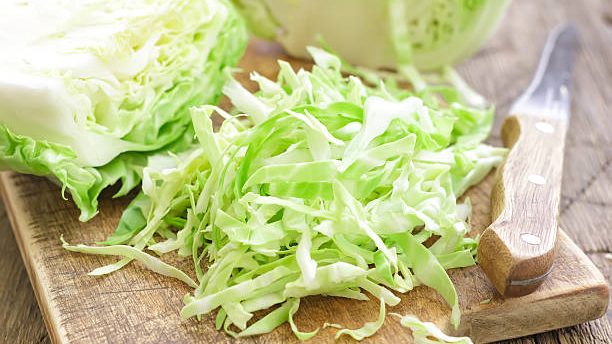
● Choose a fresh, firm cabbage. Varieties like Savoy, Red, Napa, or Green work well for raw preparations.
● Rinse the cabbage thoroughly under cold running water to remove any dirt or impurities. Make sure to peel off and discard any wilted or discolored outer leaves while washing.
● Next, you want to remove the core. You can do this by cutting around the core in a cone shape to remove it.
● Then you proceed to shred or chop the cabbage into the required size depending on your use case or preference. For coleslaw or salads, thin shreds are typically preferred.
● You can choose to enhance the flavor by incorporating complementary ingredients such as grated carrots, sliced peppers, fresh herbs, or dressing and marinating the cabbage.
● That’s it! Your raw cabbage is ready. You can simply eat it like that or use it as a base or side dish for other dishes.
What Are The Benefits Of Eating Cabbage Raw?
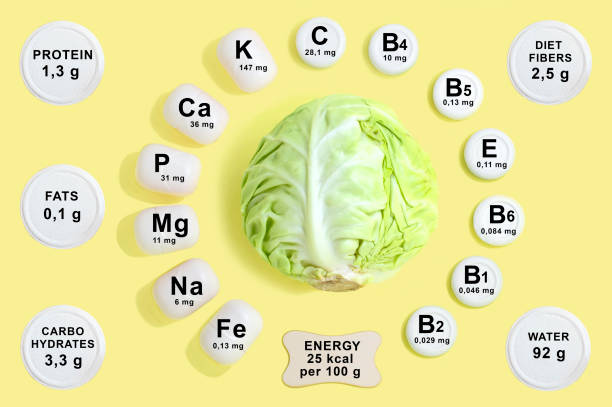
Eating raw cabbage brings a plethora of health benefits. Let’s take a look at some of them:
Antioxidants
Raw cabbage boasts an array of antioxidants known for their anti-inflammatory properties. These antioxidants contribute to reducing chronic inflammation, a key factor in overall health.
Better Digestion
Packed with insoluble fiber, cabbage plays a pivotal role in maintaining a healthy digestive system. This fiber serves as fuel for beneficial bacteria which promote regular bowel movements.
Nutrients
In addition to being high in protein and low in calories, cabbage also contains some important vitamins and minerals, such as manganese, calcium, potassium, and magnesium, which support bone health, muscle function, and electrolyte balance, as well as vitamins K, C, B6, and folate, which are essential for immune system health. source
Uses Of Cabbage
From the creamy crunch of coleslaw to the crisp bite in spring rolls, cabbage proves itself to be a versatile ingredient. Feel free to get into your kitchen and experiment with these diverse uses of cabbage.
Coleslaw
This involves tossing thinly shredded cabbage and carrots together and mixing with a creamy dressing of mayonnaise and/or vinegar and salt. It is served as a side dish.
Salads
Chopped cabbage can also be combined with a medley of fresh vegetables and fruits, including mixed greens, cherry tomatoes, cucumbers, grapes, carrots, spring onions, eggs, cheese, etc., and topped with your favorite dressing (eg. vinegar) for a nutrient-packed salad.
Spring Rolls
This involves creating a filling with cabbage, shrimp, or tofu, and noodles and other veggies and wrapping and frying it in dough for a light and flavorful snack.
Tacos
Cabbage is also a common ingredient in taco filling. You could prepare a juicy cabbage slaw; layer on grilled chicken or fish in tortillas and drizzle with lime or other dressing for a taco with a fresh twist.
How To Reduce Bitterness in Cabbage
You can enhance the taste and flavor of raw cabbage by mixing it with other sweeter vegetables like carrots and seasoning with salt and other spices. You could also marinate it with your preferred dressing. Alternatively, you could steam or stir-fry it for a more delicate and less bitter taste.
How To Cook Cabbage
There are several cooking techniques you could use to explore the spectrum of flavors and textures that cabbage can offer. Here are three distinct methods you could use to prepare cabbage, each offering a unique texture and flavor profile.
Steaming
This involves placing sliced, shredded, or diced pieces of cabbage in a steamer basket over boiling water. Steam for 8-10 minutes until tender yet crisp. Season to taste with salt and pepper. The less you cook, the more crunchy the end product is.
Oven Toasting
This involves placing cabbage wedges with oil, minced garlic, salt, pepper, and any other spice as required and roasting in a preheated oven at 400°F (200°C) for 20-25 minutes or until the edges turn golden brown.
Frying
Here you heat oil in a pan, add shredded cabbage, and stir-fry until it reaches your desired level of tenderness. As usual, it can be enhanced with spices like cumin or red pepper flakes for added flavor.
How To Store Raw Cabbage
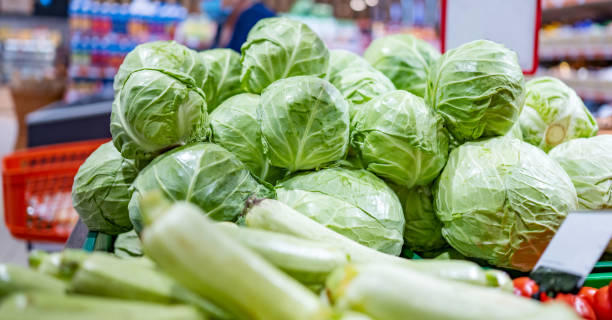
Maintaining the crispness and nutritional integrity of raw cabbage during storage involves strategic methods. Below are two effective approaches:
Long Term Storage
This is a simple and common practice where you keep the cut cabbage in the coldest part of the freezer. It should be wrapped tightly in a plastic wrap or aluminum foil to prevent moisture loss. Cabbage stored this way can stay fresh for up to two months when stored this way.
Blanching Method
This method involves the following steps:
● Prep the Cabbage: Remove outer leaves and cut into desired sizes.
● Blanching: Submerge cabbage pieces in boiling water for 1-3 minutes, then quickly transfer them to an ice bath to stop the cooking process.
● Drain and Pack: Once cooled, drain excess water and pack the blanched cabbage into freezer bags, removing as much air as possible.
● Freeze: Label and store in the freezer for 9 – 12 months.
Related Questions
How much cabbage should I eat in a day?
A general guideline is about 1 to 1.5 cups of cooked or raw cabbage per day, which provides a good balance of nutrients.
Can you freeze a whole cabbage without cutting it?
Freezing a whole cabbage without cutting it is not recommended. It is better to slice or shred the cabbage before freezing as its high water content can lead to a mushy texture when thawed.
Can you eat the core and ribs of raw cabbage?
Yes, the core and ribs of raw cabbage are edible.
Is it better to eat cabbage raw or cooked?
Both raw and cooked cabbage offer nutritional benefits. Cooking can enhance the digestibility of cabbage, while raw cabbage retains more of its vitamin C content. Eating a mix of both can provide a variety of nutrients.
Can you eat cabbage like lettuce?
Yes, you can eat cabbage like lettuce. Shredded or chopped cabbage can be used in salads, wraps, or sandwiches.
Which cabbage is good for eating raw?
Cabbages like Savoy, Napa, and Green cabbage are excellent choices for eating raw. They offer a mild flavor and a pleasing crunch, making them ideal for salads and slaws.

